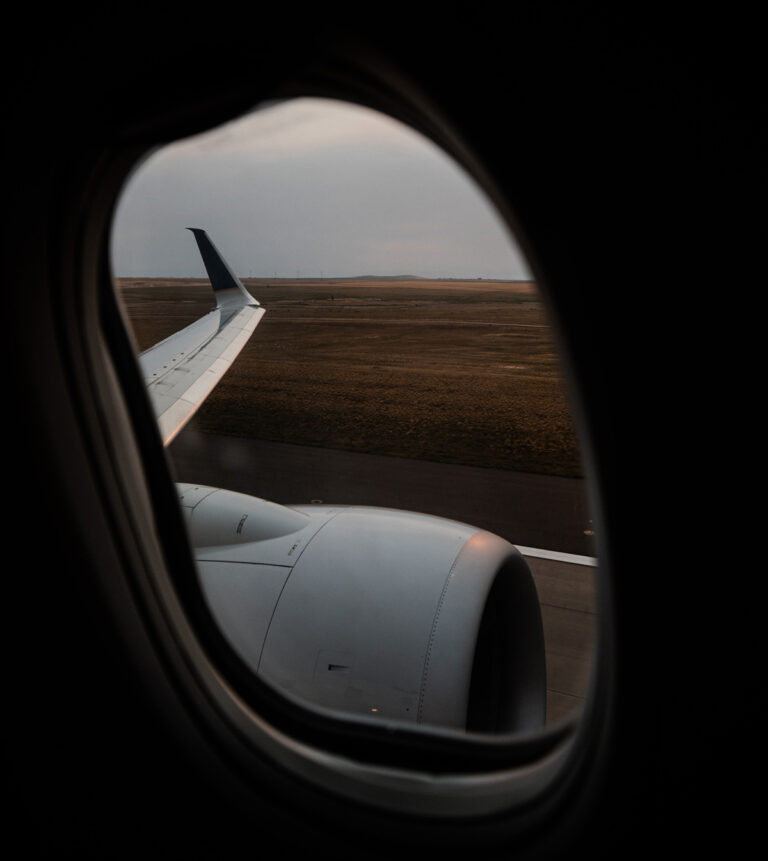Teen who tracked Elon Musk’s jet is now on the hunt for Russian billionaires in the sky
We all wish we were world-class hackers and trackers with the power to scare the heavyweight conglomerates, tech-giants and big-budget billionaires, right? Oh, what it feels like to be modern vigilantes, save the day Robin Hood-style, stay up to date and be on the ground—all the while catching bad guys in the sky. Recently, it seems that Jack Sweeney has cracked the code to such heroism with his latest quest to hunt down Russian tycoons. Following on from his previous noble efforts to track down Elon Musk’s private jet, Sweeney is now chasing after Russian billionaires as they find themselves in hot water over the country’s invasion of Ukraine.
Catapulted into notoriety for his scandalous uncovering of Musk’s private jet movements—through @ElonJet, the most successful of his many Twitter accounts tracking other powerful people around the world—it looks like Sweeney has found bigger fish to fry in the form of sickeningly wealthy Russians. Following the flight patterns of many major moguls, the Twitter account has amassed over 300,000 followers eager to also know the location of one of the world’s most controversial public figures. Now, the college freshman student at the University of Central Florida, is on the aviation hunt for Russia’s richest.
Other names on Sweeney’s hit list include our favourite Jeff Bezos and Bill Gates. Sweeney also has his sights on Donald Trump’s whereabouts. Wonder where that’ll take him…
Switching out Musk for a more Eurasian flavour, Sweeney set up @RUOligarchJets in February 2022. Bloomberg, covering the story, also noted the popularity of accounts like @ElonJet with Colby Howard, the president of Paragon Intel—a corporate aviation intelligence provider—and its popular product JetTrack. In an interview with the outlet, Sweeney’s Twitter accounts were cited as the “People Magazine version” of corporate aviation intelligence, making it all the more clear why the same hype has extended to his search for Russian oligarchs.
Tracking the wealthy’s aircrafts, @RUOligarchJets shadows everything from jets and helicopters to private planes and commercial-sized aeroplanes, including those owned by the real high-flyer clients Vladimir Potanin—who’s Russia’s richest resident, by the way—Roman Abramovich, the owner of Chelsea FC who recently had to hand over the stewardship of his club and Alexander Abramov, a steel billionaire.
While those of us on the ground are fascinated by the prospect of knowing the whereabouts of jet-owning billionaires, Howard noted that it doesn’t include contextualising the purpose of the said flights, the nitty gritty details would need to come from intelligence officers and investors.
Speaking to Bloomberg, Sweeney stated that he originally started the accounts because of requests he had received from fans to track their aircrafts. Information gathered from Radar Spots, a blog that has compiled a list of planes being tracked, easily allowed the teen to set up yet another Twitter trace account. And it paid off—@RUOligarchJets has already reached over 100,000 followers in just a few days.
“The aircrafts these oligarchs have are absolutely crazy,” Sweeney told Bloomberg, noting that Russia’s richest people were travelling on commercial-sized flights like an Airbus A319 and Boeing 737. “Their planes are huge compared to other jets.”
“People are obsessed with wealth more than ever. It’s almost a form of paparazzi, that’s why this is popular,” Howard told the outlet.
Speaking to NBC, Sweeney explained future plans by stating: “People have been asking me about Putin for a while, they wanted to know if they could track him. It’s just been crazy. I just figured some people would be interested in it. I just didn’t think all kinds of people would be.”
“One jet flying through Miami holding who knows who doesn’t mean anything. It doesn’t tell you what information matters and what context you need to make a decision,” Howard concluded. Nevertheless, Sweeney’s obsession with Musk has resulted in official merchandise of the billionaire smoking weed to fund his project. If that ain’t self-made success, I don’t know what is.





